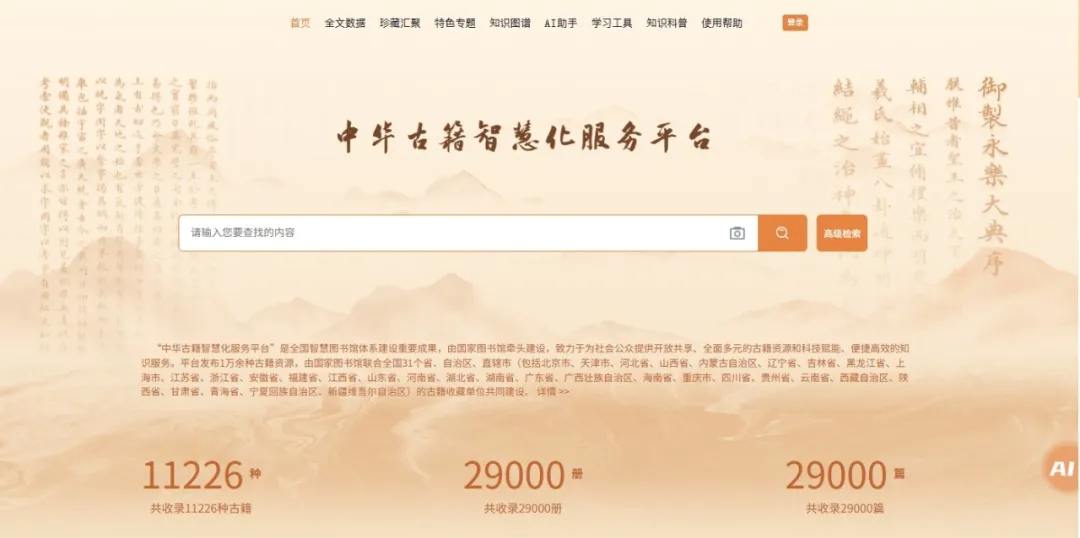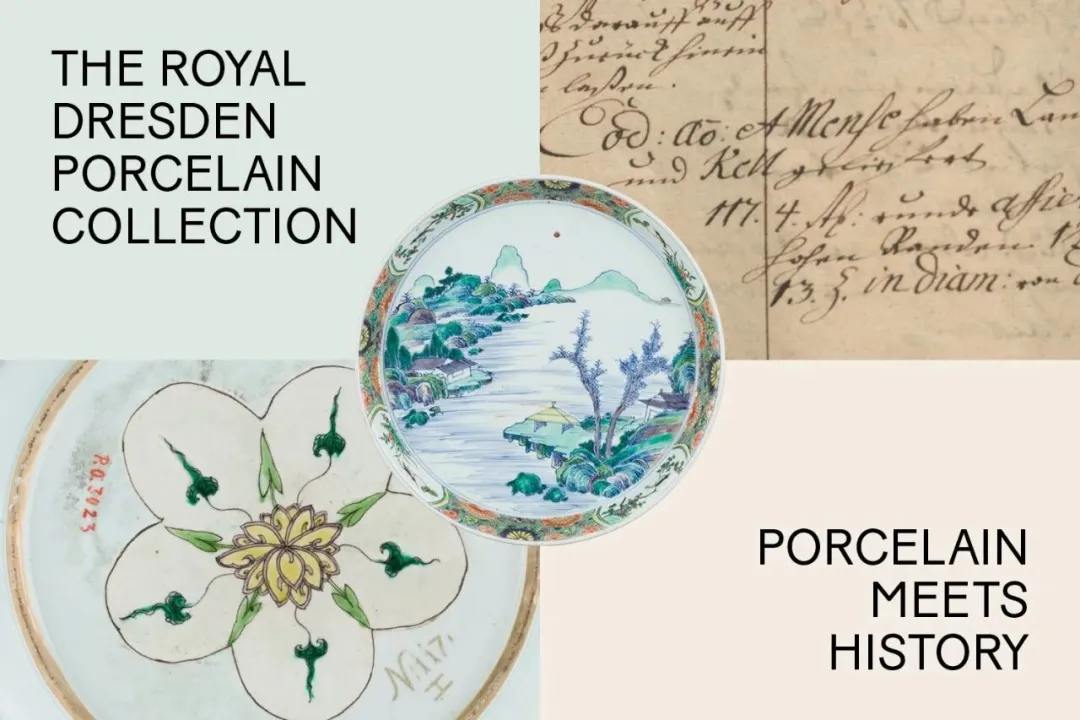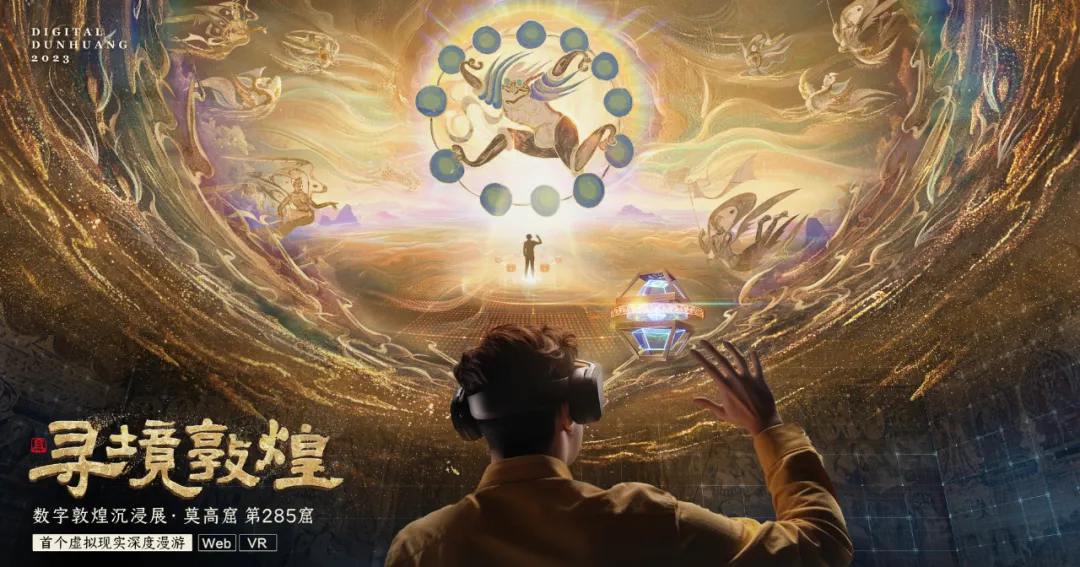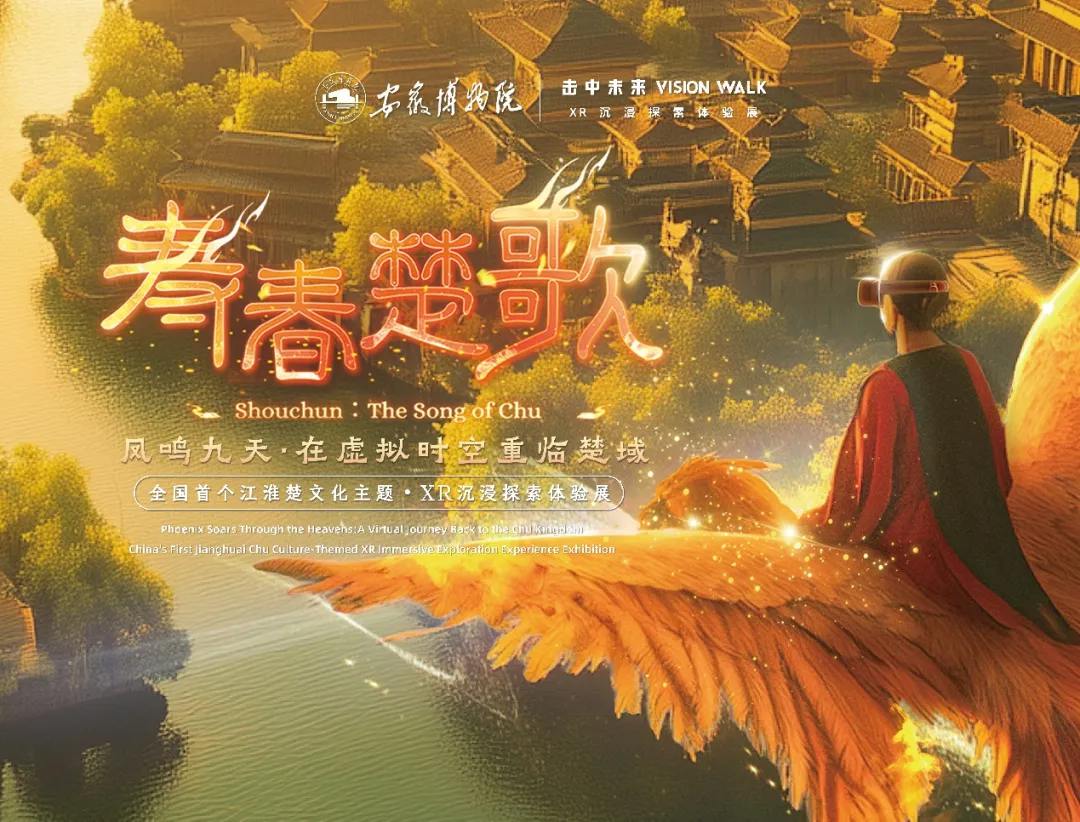WIC to hold Cultural Heritage Digitalization Exhibition in Xi'an

From September 16 to 17, during the Cultural Heritage Digitalization Forum, an exhibition of outstanding achievements in cultural heritage digitalization will be held. Nearly 100 top global institutions will participate, systematically showcasing innovative accomplishments in the preservation and digital inheritance of cultural heritage, including ancient texts, artifacts, ancient architectural sites, and intangible cultural heritage.
The exhibition area of ancient books will bring dormant classics back to life. Visitors can not only appreciate up close the high-precision digital acquisition of stone inscriptions by the Xi'an Beilin Museum, but also browse through thousands of precious classics in the cloud via the Intelligent Service Platform for Chinese Ancient Books from the National Library of China. They can also witness the miraculous process of Shaanxi Normal University using AI technology to restore damaged ancient books and paintings. Digital technology not only alleviates the burden of physical preservation but also completely transforms the way readers interact with millennium-old documents.

At the exhibition area of cultural relics, a visual feast spanning regions and eras is on display, ranging from the digital display of the renowned porcelain collection from the Dresden Art Collections (Staatliche Kunstsammlungen Dresden) and the stunning naked-eye 3D presentation of ancient Shu cultural relics from Sanxingdui, to the ultra-high-definition "Digital Dunhuang" murals and the AI-powered restoration and interactive experience of the Terracotta Warriors. Visitors can also "travel" to the underground palace of the Qin Mausoleum through XR technology, or embark on the "Cloud Silk Road" jointly built by 44 institutions from 18 countries. This section uses innovative approaches such as virtual touch and AI-guided tours enabling the permanent preservation and dynamic inheritance of cultural artifacts.


The exhibition area of ancient architectural sites uses digital technology to recreate vanished splendor. Thirty-two projects, including the Forbidden City digital twin application, the AI-restored Yingxian Wooden Pagoda, China-Kenya Paleolithic archaeological cooperation achievements, and the Grand Canal digital project, transform immovable heritage into perceptible, touchable, and accessible temporal-spatial scenes through VR immersive experiences, six-legged robot high-precision surveying and naked-eye 3D interaction, greatly enhancing visitors' cultural identity and historical perception.

At the exhibition area of intangible cultural heritage, the integration of technology and traditional crafts is the focus. Visitors can wear XR devices for an immersive experience of the Chu cultural atmosphere in "Shouchun Chu Songs," experience the refined lifestyle and aesthetics of the Song Dynasty literati in the Recluse Dongpo VR world, and participate in clay figurine creation through generative AI, while experiencing the beauty of Guqin and Jun porcelain in digital interaction. These practices break through temporal and spatial limitations, promoting the integration of intangible cultural heritage into contemporary life.

This exhibition not only highlights the achievements in cultural heritage digitalization but also represents an exploratory journey where technology reshapes memory and innovation perpetuates civilization. It opens new pathways for global cultural exchange and mutual learning.



































